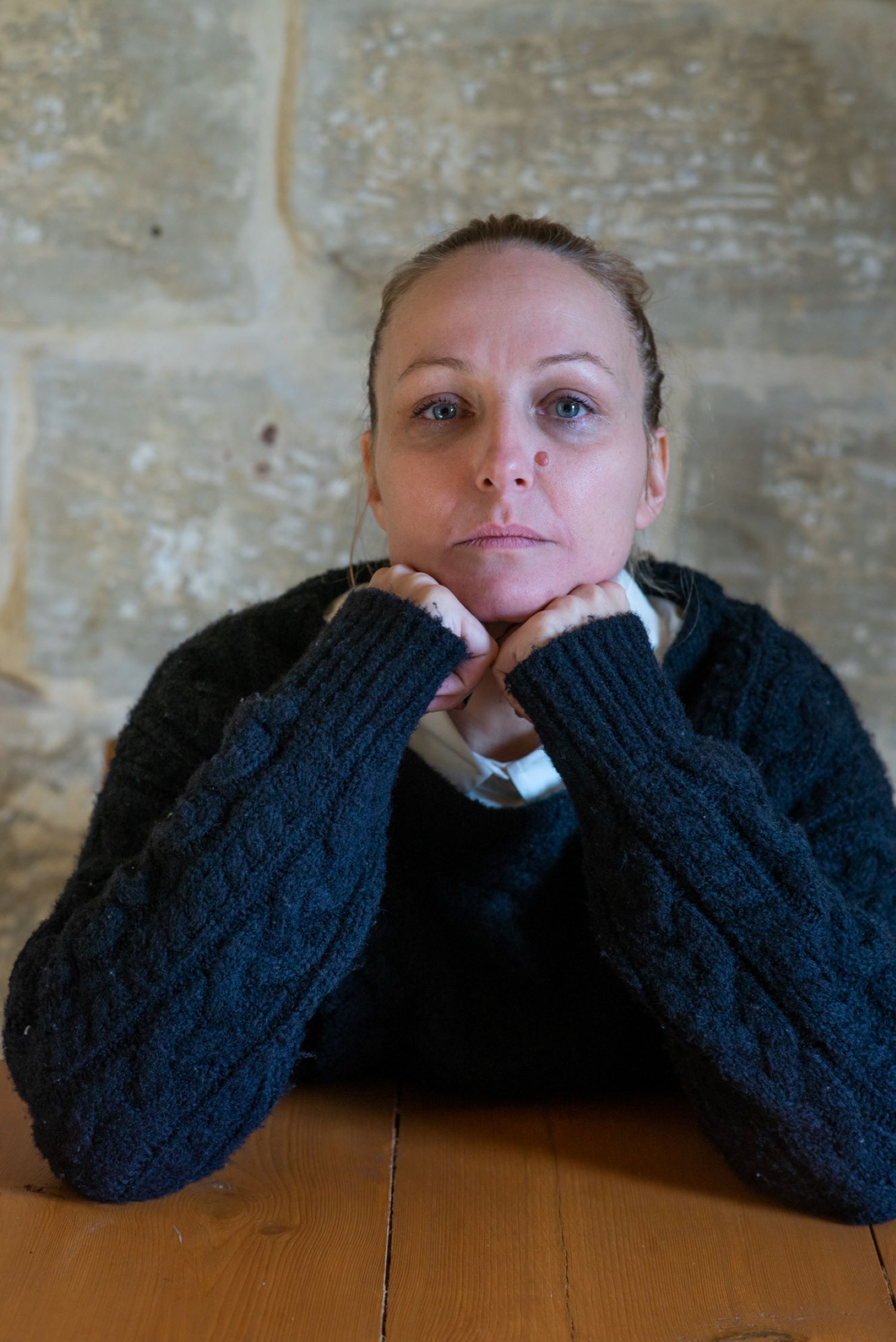As second-hand wardrobe shopping continues to grow in popularity, thrifting businesses highlight a growing concern in the industry: greed.
While second-hand fashion is closely associated with charity shops such as the MSPCA and Give and Take, a number of thrifting businesses started popping up on the islands on the basis of offering one-of-a-kind items, at a reasonable price, whilst fighting fast fashion.
Speaking to Tristan Borg from Thrifties Vintage Store Malta, he highlighted that realising the trend growth of vintage shopping, “too many people are getting greedy, allowing a huge price mark up, ultimately defeating the purpose of what second hand shopping should be.”
For the love of vintage
Mr Borg founded Thrifties in February 2020, now marking his fourth anniversary. After living for most of his life in Scotland he moved back to Malta in 2018.
“Whilst living here after spending a lot of time in the UK, I noticed there was little to no options when trying to buy clothing that wasn’t fast fashion. Unless you went to the charity stores, that didn’t have much selection,” he added.
He established his business to bring to Malta the second-hand culture he grew up with in the UK in order to provide good quality clothing “for astronomically low prices.”
“The name Thrifties came from a word people in the UK use for people that shop heavily in charity and thrift stores,” he added.
WhosWho.mt also spoke to Helena Gore from Cathedral Concept Store. Ms Gore’s concept was different as one store has incorporated art, furniture, home décor and vintage clothing items under one roof.

Helena Gore / Zvezdan Reljic
“My motto from the beginning was to ‘beautify’ people’s lives with an accent on quality, sustainability and uniqueness,” she says.
She recalls meeting the people behind the brands Smiley Vintage and Safi workwear from Sweden. Additionally, she brought in her personal collection of Japanese vintage kimono and added a Spanish boutique brand.
“Soon after I went to London and sourced more vintage clothes and then added accessories. The fashion hub took on a life of its own, prompting me to open a vintage clothes pop-up in a bigger space next door,” she continues. After receiving good feedback she merged the two into a large concept store.
By time she added more brands to the mix, including locals and fashion brands who design and make clothes sustainably.
Worldwide clothes with a history: Sourcing from the UK, Scandinavia, Poland and Italy
The majority of charity shops selling second hand clothing source their items through donation systems, but where do thrifters get vintage items from other eras?
Ms Gore explains that all her clothes are sourced through specialist vintage suppliers across Europe, Scandinavia, Japan and sometimes USA. Either through travel or on video call she manages to hand pick all of the items.
This includes different styles and eras from the 40s, 50s to the noughties.
While she gets lots of requests from individuals who want to sell their clothes, she always declines “to avoid the personal attachment people have to their clothes. It’s hard for me to price it and sell it so, no matter how unique the piece, I will decline.”
This does not come without its operational challenges as for Ms Gore, it took some time to establish good trust-based contacts with specialised vintage suppliers. It took a lot of trial and error, and wasted money, she says, and some clothes went straight to local charities.
On the other hand, Mr Borg’s main sources of clothing are from Poland and Italy. To provide the best items, he adds, he moved to Poland to hand pick and source clothing from different warehouses, garage sales, flea markets, thrift, and charity shops.
“Thrifties is a family run business, so whilst living in a foreign country, we still have people back in Malta working and maintaining the shop,” he explains.
He says that sourcing never gave the business any trouble, on the contrary, living in bigger countries gave him more options of places to purchase items from. Additionally, shipping to Malta takes an average of one week.
A big asset to his sourcing is the fact that he has been heavily involved in the second hand and vintage culture since he was 14 years old. This gives him a better understanding of quality and helps him assess which items are better than others. Over time, he adds, one learns which year and era items are from by recognising tags, material mixes, patterns and general details.
They both agreed that they do not source items based on current trends. Mr Borg reasons that fashion is cyclical while Ms Gore highlights that vintage clothes do not follow trends but serve as means to create a unique style.
Will thrifting go out of style?
Ms Gore argues that years ago thrifting was just another fashion choice, now it is seen more as a “very conscious fight against the planet’s over-consumption.”
“I am happy to be living in times where more people, especially young individuals, are choosing to look at the label, the climate and the impact their decision will make,” she continues.
Adding to the fact that humans feel the need to be unique and express themselves, she insists that thrifting is not waning, conversely, she believes that the it will increase in popularity.
Likewise, Mr Borg does not expect a downfall in the market. “Fast fashion is notorious for plagiarism, inhumane working conditions and cheap materials and we are only becoming more conscious and aware of that.”
“One thing we need to ensure in the vintage community is to maintain low prices.”
Main Image:
